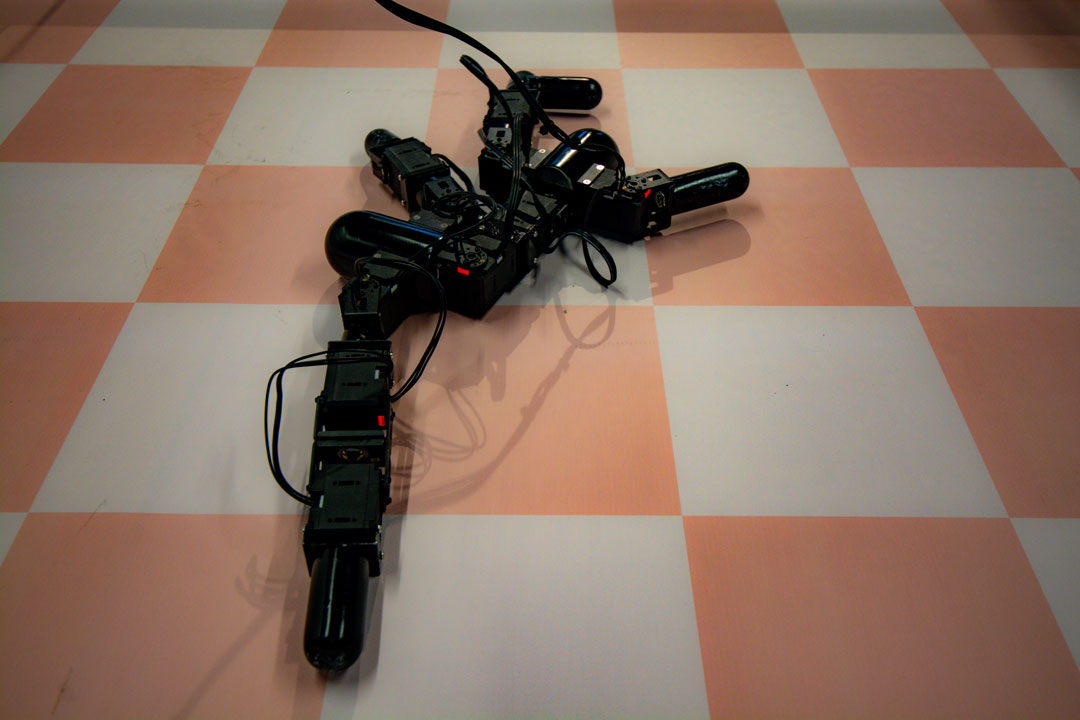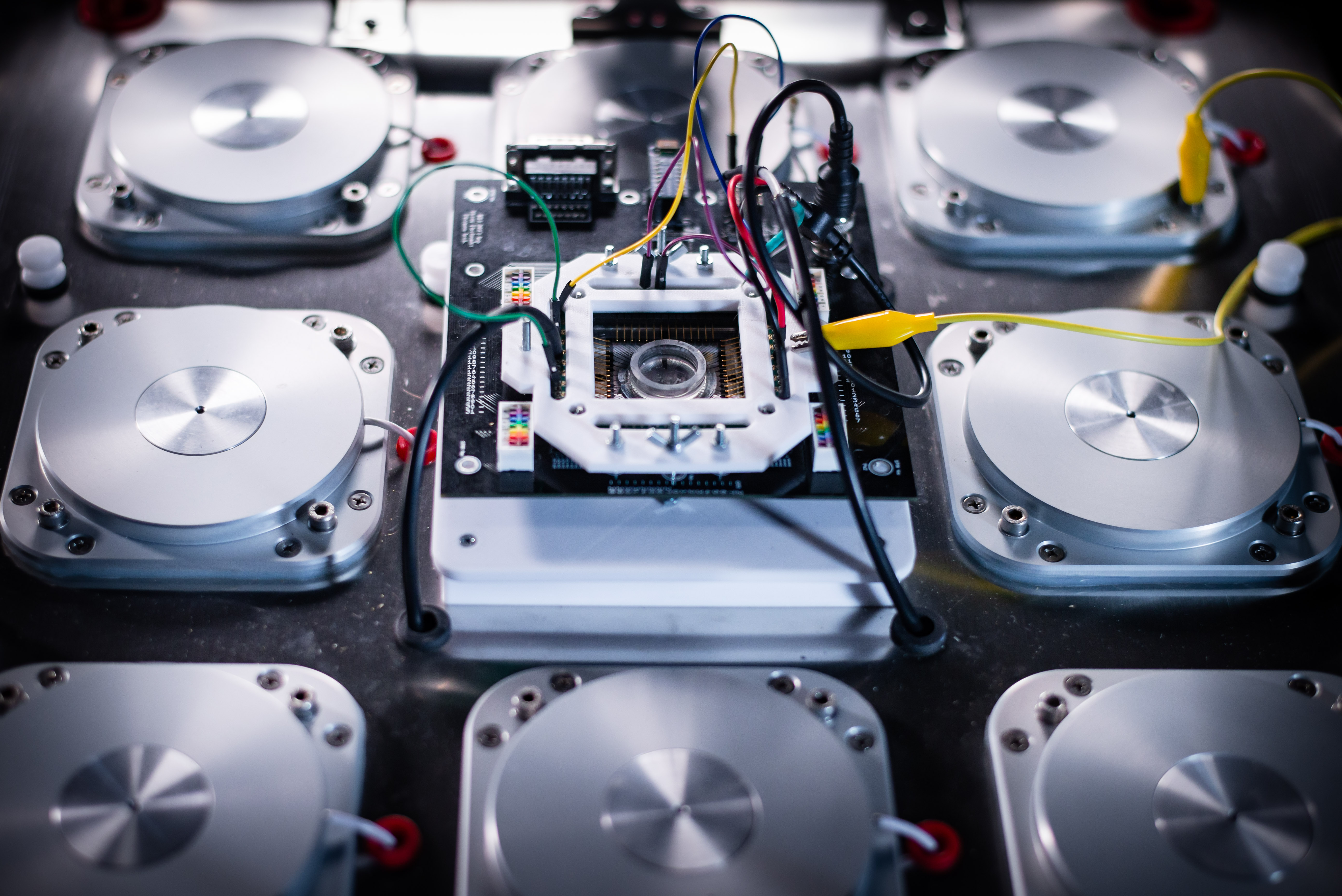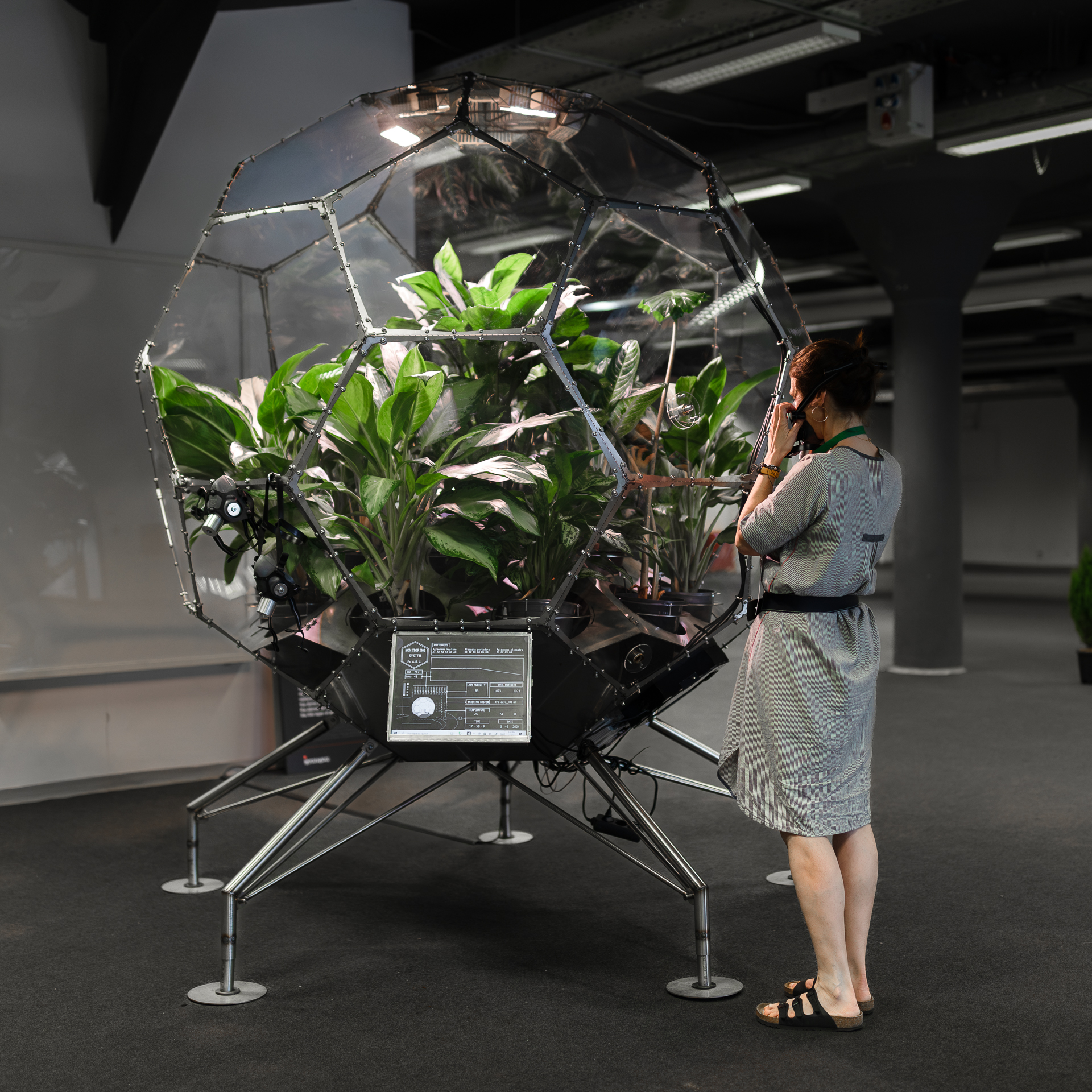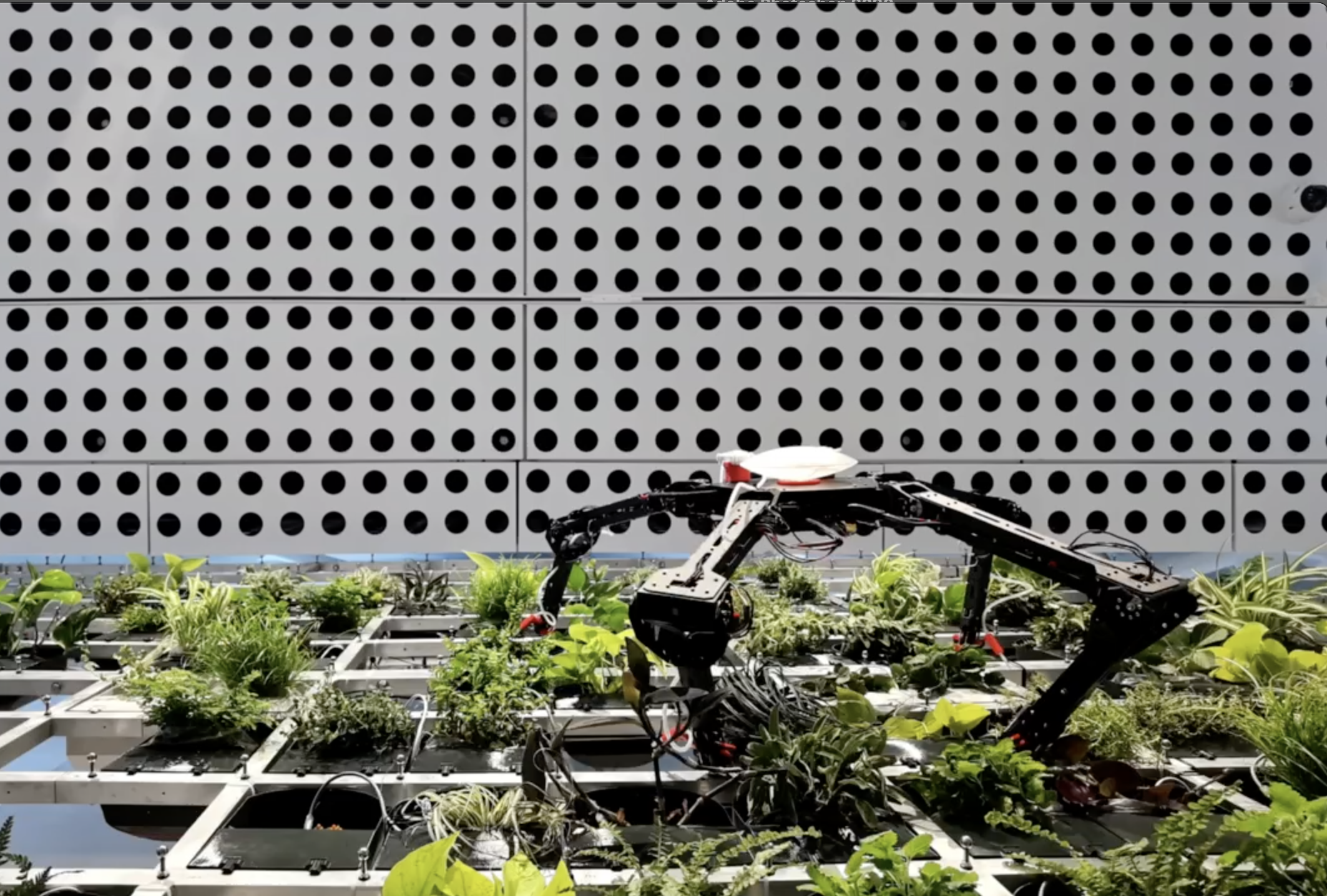2023
Laboratory for Artificial Life - konS≡Platform for Contemporary Investigative arts
"After nearly fifteen years of intensive artistic production, Zavod Kersnikova, of which Kapelica Gallery is a part, successfully established a Laboratory for Artificial Life. This laboratory comprises three distinct spaces: BioTehna,dedicated to working with somatic cells; Rampa, focused on mechatronics; and Vivarium, where wetware and hardware intersect in artistic bionics. The laboratory is managed by producers whose primary responsibility is to facilitate artistic investigation and production at the highest possible level.
The Laboratory is a testament to nearly thirty years of human-animal-plant-machine hybridization, cohabitation, and coevolution, which have been the primary focus of Kapelica Gallery since its establishment in 1995. Here below are some recent projects developed in Laboratory for Artificial Life.
Zoran Srdić Janežič - Biobot - 2023
"In the Bibot project, the artist is cultivating neuron cells derived from his own blood cells. The activity of these neuron cells, grown on a Multi-Array Electrode, is sending signals to an algorithm that applies neural activity to a library of robotic locomotions (two legs, four legs, six legs, eight legs). The prompt requires the algorithm to select the most appropriate vertebral skeleton for forward movement. From hundreds of proposals, the artist has chosen the most inspiring one and translated it into a robotic structure that is then controlled by the activity of the neurons (singularity ) in a specially designed incubator."


Dorotea Dolinšek: Ex.A.R.U. (Exo Auxiliary Respiratory Unit) - 2003
"The Ex.A.R.U installation is a bubble of life in an extreme environment, providing the sole source of breathable air produced by plants optimized for oxygen production. By wearing specially developed masks, visitors experience temporary asphyxiation that ceases when they connect the mask to the globe."


Stella Verde - Emancipation of plants-animals and microbes - 2023
"The plants in the vertical garden are equipped with moisture, temperature, and insulation sensors that send data to a central computer. This computer controls a five-legged robot (Stela Verde) to irrigate the plants. The garden is gradually evolving into an autonomous structure where plants, animals, and robots interact in a symbiotic relationship."


